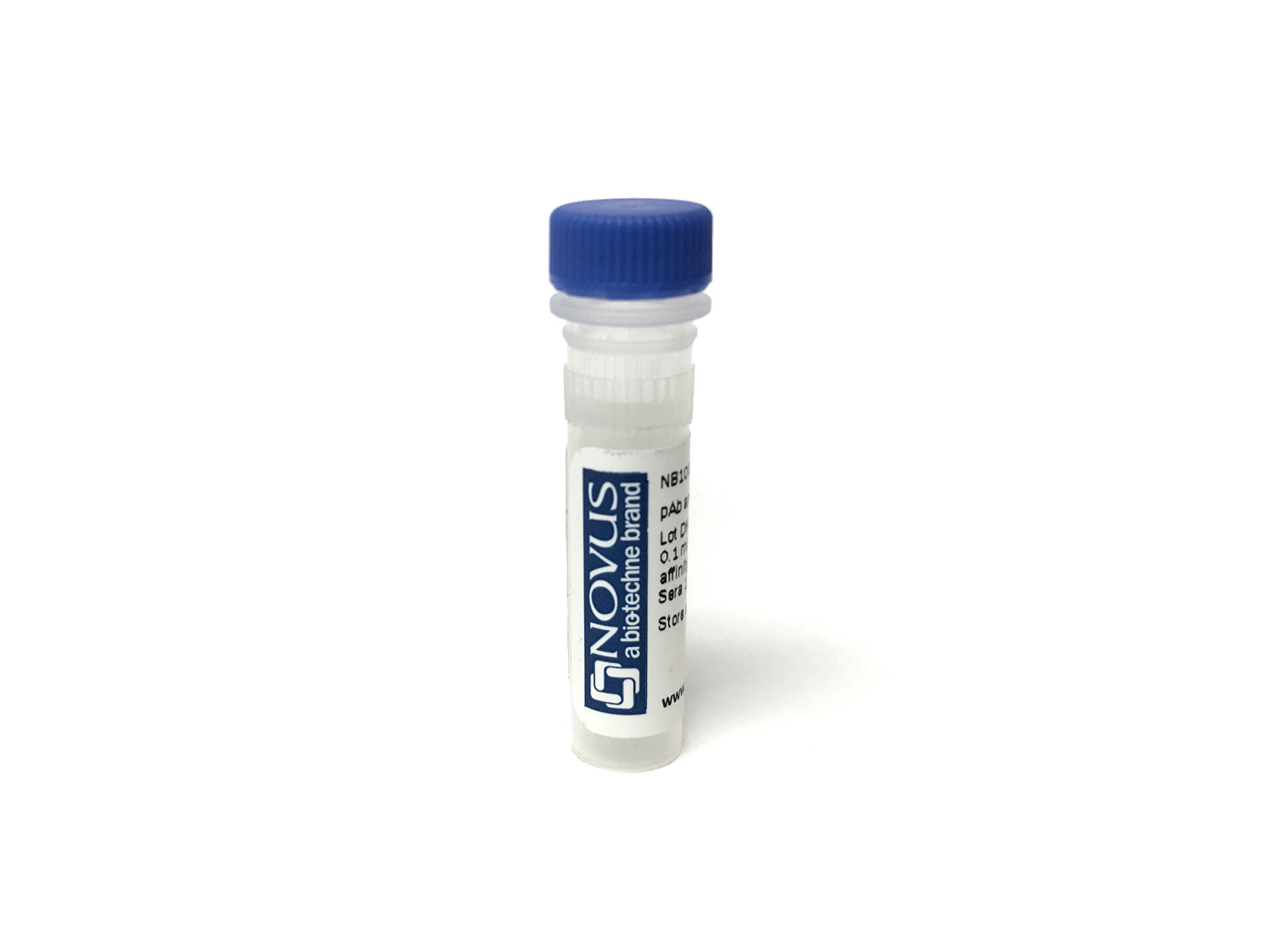Listeria Monocytogenes Products
The genus Listeria comprises six species: L. monocytogenes, L. innocua, L. welshimeri, L. seeligeri, L. ivanovii and L. grayi. Listeria monocytogenes, the most commonly isolated pathogenic member, is associated with a wide spectrum of human and animal diseases. In the smear from the original tissue, L. monocytogenes may appear as gram-positive coccobacilli that may be confused with Streptococcus agalactiae (group B), enterococci, or Corynebacterium spp. Listeria is differentiated from streptococci by a positive catalase test. L. monocytogenes is the only species of the genus Listeria that has been clearly documented as a pathogen for humans. The forms of disease caused by this organism are myriad and age-related. The most common clinical manifestations are meningitis and septicemia. Listeria monocytogenes, a food-borne intracellular animal and human pathogen, interacts with infected host cells both prior to entry and during the intracellular phase of infection.
Show More
59 results for "Listeria Monocytogenes" in Products
59 results for "Listeria Monocytogenes" in Products
Listeria Monocytogenes Products
The genus Listeria comprises six species: L. monocytogenes, L. innocua, L. welshimeri, L. seeligeri, L. ivanovii and L. grayi. Listeria monocytogenes, the most commonly isolated pathogenic member, is associated with a wide spectrum of human and animal diseases. In the smear from the original tissue, L. monocytogenes may appear as gram-positive coccobacilli that may be confused with Streptococcus agalactiae (group B), enterococci, or Corynebacterium spp. Listeria is differentiated from streptococci by a positive catalase test. L. monocytogenes is the only species of the genus Listeria that has been clearly documented as a pathogen for humans. The forms of disease caused by this organism are myriad and age-related. The most common clinical manifestations are meningitis and septicemia. Listeria monocytogenes, a food-borne intracellular animal and human pathogen, interacts with infected host cells both prior to entry and during the intracellular phase of infection.
Show More
Applications: IHC, ELISA
Reactivity:
Mouse,
Bacteria
| Reactivity: | Mouse, Bacteria |
| Details: | Rabbit IgG Polyclonal |
| Applications: | IHC, ELISA |
Applications: WB, ELISA
Reactivity:
Bacteria
| Reactivity: | Bacteria |
| Details: | Mouse IgG2A Monoclonal Clone #LZF7 |
| Applications: | WB, ELISA |
| Reactivity: | Bacteria |
| Details: | Rabbit IgG Polyclonal |
| Applications: | ELISA, ICC/IF |
Applications: IHC, ELISA
Reactivity:
Bacteria
| Reactivity: | Bacteria |
| Details: | Rabbit IgG Polyclonal |
| Applications: | IHC, ELISA |
Applications: IHC, ELISA
Reactivity:
Bacteria
| Reactivity: | Bacteria |
| Details: | Rabbit IgG Polyclonal |
| Applications: | IHC, ELISA |
Applications: IHC, ELISA
Reactivity:
Bacteria
| Reactivity: | Bacteria |
| Details: | Rabbit IgG Polyclonal |
| Applications: | IHC, ELISA |
Applications: IHC, ELISA
Reactivity:
Bacteria
| Reactivity: | Bacteria |
| Details: | Rabbit IgG Polyclonal |
| Applications: | IHC, ELISA |
Applications: WB, ELISA
Reactivity:
Bacteria
| Reactivity: | Bacteria |
| Details: | Mouse IgG1 Monoclonal Clone #LZH1 |
| Applications: | WB, ELISA |
Applications: WB, ELISA
Reactivity:
Bacteria
| Reactivity: | Bacteria |
| Details: | Mouse IgG2A Monoclonal Clone #LZF7 |
| Applications: | WB, ELISA |
Applications: WB, ELISA
Reactivity:
Bacteria
| Reactivity: | Bacteria |
| Details: | Mouse IgG1 Monoclonal Clone #LZH1 |
| Applications: | WB, ELISA |
Applications: WB, ELISA
Reactivity:
Bacteria
| Reactivity: | Bacteria |
| Details: | Mouse IgG1 Monoclonal Clone #LZH1 |
| Applications: | WB, ELISA |
| Reactivity: | Bacteria |
| Details: | Rabbit IgG Polyclonal |
| Applications: | IHC, ELISA |
| Reactivity: | Bacteria |
| Details: | Rabbit IgG Polyclonal |
| Applications: | IHC, ELISA |
Applications: WB, ELISA
Reactivity:
Bacteria
| Reactivity: | Bacteria |
| Details: | Mouse IgG2A Monoclonal Clone #LZF7 |
| Applications: | WB, ELISA |
| Reactivity: | Bacteria |
| Details: | Rabbit IgG Polyclonal |
| Applications: | IHC, ELISA |
Applications: IHC, ELISA
Reactivity:
Bacteria
| Reactivity: | Bacteria |
| Details: | Rabbit IgG Polyclonal |
| Applications: | IHC, ELISA |
| Reactivity: | Bacteria |
| Details: | Rabbit IgG Polyclonal |
| Applications: | IHC, ELISA |
Applications: IHC, ELISA
Reactivity:
Bacteria
| Reactivity: | Bacteria |
| Details: | Rabbit IgG Polyclonal |
| Applications: | IHC, ELISA |
Applications: IHC, ELISA
Reactivity:
Bacteria
| Reactivity: | Bacteria |
| Details: | Rabbit IgG Polyclonal |
| Applications: | IHC, ELISA |
| Reactivity: | Bacteria |
| Details: | Rabbit IgG Polyclonal |
| Applications: | IHC, ELISA |
Applications: IHC, ELISA
Reactivity:
Bacteria
| Reactivity: | Bacteria |
| Details: | Rabbit IgG Polyclonal |
| Applications: | IHC, ELISA |
| Reactivity: | Bacteria |
| Details: | Rabbit IgG Polyclonal |
| Applications: | IHC, ELISA |
Applications: IHC, ELISA
Reactivity:
Bacteria
| Reactivity: | Bacteria |
| Details: | Rabbit IgG Polyclonal |
| Applications: | IHC, ELISA |
Applications: IHC, ELISA
Reactivity:
Bacteria
| Reactivity: | Bacteria |
| Details: | Rabbit IgG Polyclonal |
| Applications: | IHC, ELISA |
| Reactivity: | Bacteria |
| Details: | Rabbit IgG Polyclonal |
| Applications: | IHC, ELISA |

